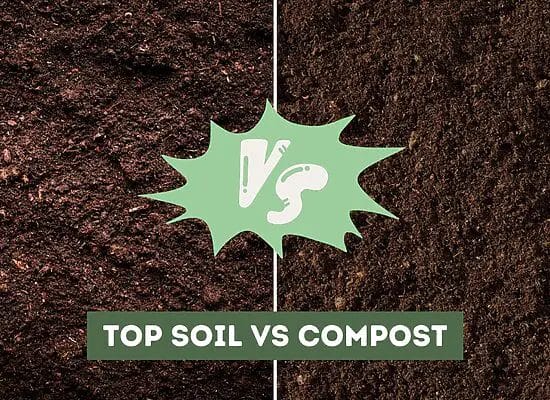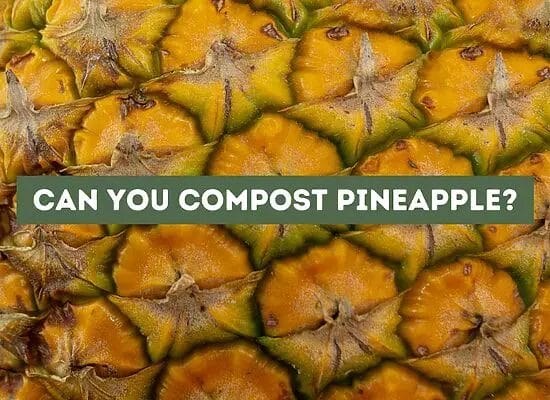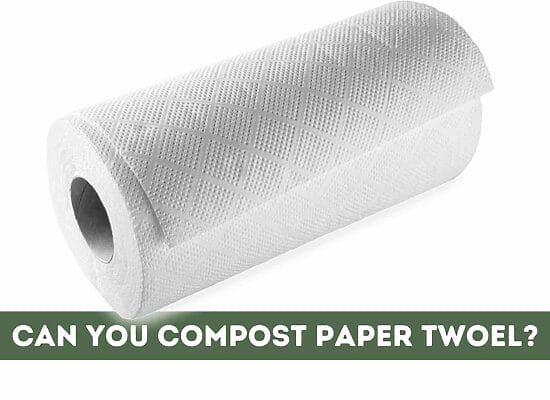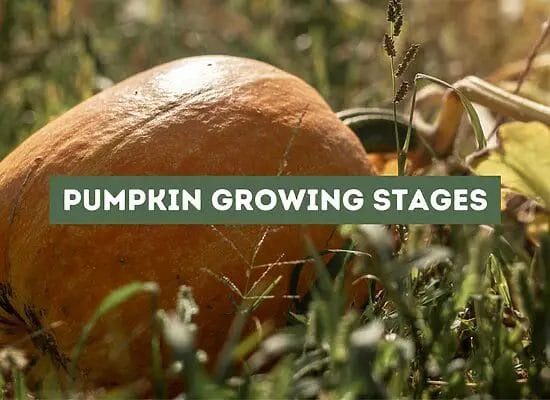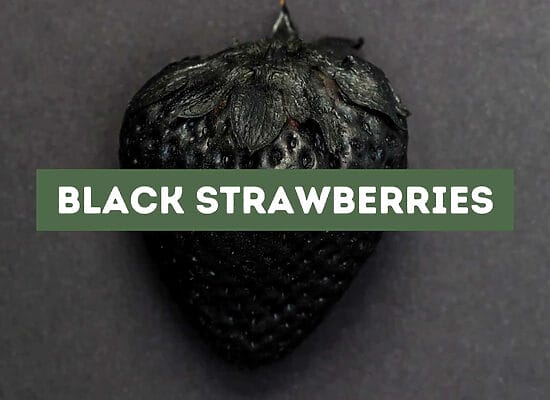
Growing your own carrots can be a rewarding experience, but it can be daunting if you’re new to gardening. One of the first things you need to know is what do carrot sprouts look like. Carrots are cool-loving crops that take about three months to grow, and the first stage of growth is the sprouting stage. In this article, we will guide you through the process of identifying carrot sprouts and their growth stages.
Carrot sprouts emerge as delicate green shoots from the soil, and their appearance can vary depending on various factors such as soil quality, temperature, humidity, and water levels. If you’ve put your carrot seeds in a pot or raised bed, spotting your carrot seedlings shouldn’t be hard.
Yet, if they’ve been cultivated in an area with weeds or grass, identifying them could be a bit more challenging. Below we’ll provide you with hints and tips to help you identify your carrot sprouts and what to expect during their growth stages.
Key takeaways:
- Growing carrots can be rewarding but challenging for beginners, and identifying carrot sprouts is crucial.
- Carrot sprouts emerge as delicate green shoots with an orange root, affected by factors like soil quality and temperature.
- Carrot leaves are feathery and thin, and their distinct smell sets them apart from weed leaves.
- Carrot growth stages involve changing leaf and root characteristics, and it takes about three months for carrots to mature.
- Carrot sprouts can be distinguished by their unique orange color, feathery texture, and thin green leaves.
- Identifying carrot sprouts can be tricky, especially for beginners, but practice and patience improve recognition.
- Carrot germination involves cotyledons (initial nutrients) and true leaves (photosynthesis), taking 1-3 weeks; soaking seeds can aid germination.
- Carrot varieties like Nantes (cylindrical, sweet) and Danvers (conical, slightly sweet) have distinct growing characteristics.
- Nantes carrots are easy to grow, suitable for containers, and mature quickly; Danvers carrots are larger and take longer to mature.
- Carrots were originally purple and yellow before the popularization of orange varieties in the 16th century.
How Do You Identify Carrot Sprouts?
Identifying carrot sprouts is a crucial step in growing carrots. Here are some tips to help you identify carrot sprouts:
- Look for the green shoot: Carrot sprouts are thin and sleek with a green shoot on top of an orange root. The green shoot is the first thing that emerges from the carrot seed, and it grows upward towards the sun.
- Check the leaves: Carrot leaves are feathery and delicate, with thin green leaves attached to their bottoms. You can also identify carrot sprouts by pinching a small part of the leaf and smelling it. Carrot leaves will smell like carrots, whereas grass or weed leaves will not.
- Observe the growth stages: Carrots take about three months to grow, and they go through different growth stages. The first leaves have tiny stems and long leaves that resemble the leaves of grass and weeds. As the carrot grows, the leaves become thicker and shorter, and the roots become thicker and longer.
- Look for unique characteristics: Aside from their unique orange color, carrot sprouts can be distinguished from other sprouts, such as radish or alfalfa, by their feathery texture and thin green leaves.
- Be patient: Sometimes, it can be challenging to identify carrot sprouts, especially if you are a beginner. However, with patience and practice, you will become more familiar with the characteristics of carrot sprouts.
Identifying Carrot Sprouts
When you start growing carrots, it’s essential to identify their sprouts accurately. Identifying carrot sprouts can be a bit tricky, but with a few tips and tricks, you can quickly tell them apart from weeds or other plants. In this section, we will discuss the shape, color, texture, length, and comparison with weeds to help you identify carrot sprouts.
Shape
Carrot sprouts are thin and have a sleek, pointed shape. They look like a tiny blade of grass with a pointed tip. As they grow, the leaves will start to fan out, and the sprout will become thicker.
Color
Carrot sprouts are light green in color, similar to most plant sprouts. However, some carrot varieties may have darker sprouts, ranging from yellow to purple. Moreover, the root of the carrot sprout is orange, which makes them easy to identify once they start growing.
Texture
Carrot sprouts are sleek and thin, and they have a smooth texture. The leaves are not fuzzy or hairy, and they don’t have any bumps or ridges.
Length
Carrot sprouts are typically 1-2 inches long when they first emerge from the soil. As they grow, they can reach up to 6 inches in length. However, the length of the sprout may vary depending on the variety of the carrot.
Comparison with Weeds
One of the most challenging aspects of identifying carrot sprouts is distinguishing them from weeds. Some weeds, like grass, can look similar to carrot sprouts. However, there are a few tricks you can use to tell them apart.
Firstly, you can smell the leaves of the sprout. Carrot leaves will have a distinct carrot smell, while weed leaves will not. Secondly, you can look at the shape and texture of the sprout. Carrot sprouts are sleek and thin, while weed sprouts can be fuzzy, hairy, or have bumps or ridges.
Finally, you can compare the color of the sprout to the surrounding plants. Carrot sprouts are light green or orange, while weeds can be a variety of colors.
Pro Tip: To avoid mistakenly pulling out your carrot sprouts, mark the area where you planted them with a small stake or marker. This will help you keep track of where your sprouts are and prevent accidental weeding.
Understanding Germination
When it comes to growing carrots, understanding the germination process is essential. This section will cover the main aspects of carrot germination, including the cotyledon, true leaves, and germination time.
Cotyledon
The cotyledon is the first part of the carrot plant to emerge from the seed. It is a small, round structure that provides the initial nutrients for the plant. Cotyledons are often mistaken for true leaves, but they are not the same. Cotyledons are usually a pale green color and have a round shape.
True Leaves
After the cotyledon emerges, the true leaves start to grow. True leaves are the actual leaves of the plant and are responsible for photosynthesis. They are usually longer and thinner than cotyledons and have a darker green color. The number of true leaves that a carrot plant has can vary, but most plants will have around 4-6 true leaves.
Germination Time
The germination time for carrots is usually between 1-3 weeks. During this time, the seed will absorb water and begin to sprout. The cotyledon will emerge first, followed by the true leaves. It’s important to keep the soil moist during this time to ensure that the seed can absorb enough water to sprout.
To help with germination, you can soak carrot seeds in water for a few hours before planting. This will help to soften the seed coat and make it easier for the seed to sprout.
Carrot Varieties
Carrots come in different varieties, each with unique characteristics. In this section, we will discuss two popular varieties: Nantes and Danvers.
Nantes
Nantes carrots are one of the most popular varieties. They have a cylindrical shape, a bright orange color, and a sweet flavor. These carrots are a good source of vitamin A, which is essential for healthy eyesight.
Nantes carrots are easy to grow and mature quickly. They are perfect for container gardening and can be grown in small spaces. They thrive in well-drained soil and require consistent watering.
Here are some tips for growing Nantes carrots:
- Sow seeds 1/4 inch deep and 2 inches apart
- Thin seedlings to 2-3 inches apart
- Harvest when carrots are 4-6 inches long
Danvers
Danvers carrots are another popular variety. They have a conical shape, a deep orange color, and a slightly sweet flavor. These carrots are also a good source of vitamin A.
Danvers carrots are slightly larger than Nantes carrots and take a bit longer to mature. They are ideal for garden beds and require well-drained soil and consistent watering.
Here are some tips for growing Danvers carrots:
- Sow seeds 1/4 inch deep and 3 inches apart
- Thin seedlings to 3-4 inches apart
- Harvest when carrots are 6-8 inches long
Fun fact: Did you know that carrots were originally purple and yellow? It wasn’t until the 16th century that orange carrots became popular.
FAQ: What Do Carrot Sprouts Look Like
What do carrot sprouts look like?
Carrot sprouts typically appear as thin, green shoots emerging from the soil. They may initially resemble blades of grass or other weed plants.
How can I differentiate carrot sprouts from other plants?
Carrot sprouts can be hard to identify, especially when they first emerge. However, as they grow, the leaves will develop a distinct shape that resembles carrot leaves, with fine, feathery foliage.
How long does it take for carrot seeds to germinate?
Carrot seeds usually take around 2 to 3 weeks to germinate. However, germination time can vary depending on various factors, such as temperature and soil conditions.
What is the difference between carrot sprouts and weeds or grass?
The main difference between carrot sprouts and weeds or grass is in their appearance and growth habit. While weeds and grass tend to have broader leaves and a different growth pattern, carrot sprouts have narrow, feathery foliage that eventually develops into true carrot leaves.
How can I plant carrot seeds?
To plant carrot seeds, prepare a well-draining soil bed and sow the tiny seeds directly into the soil. Make sure to follow the recommended spacing and depth instructions provided on the seed packet.
When can I identify a carrot sprout?
Carrot sprouts can usually be identified within 2 to 3 weeks after planting the seeds. At this stage, the seed leaves and true leaves will start to form, allowing you to differentiate them from weeds and grass.
How can I learn how to identify carrot sprouts?
Learning how to identify carrot sprouts can be done through visual guides and online resources that provide images and descriptions of the different growth stages of a carrot plant. Additionally, hands-on experience and observation in your own garden can help you become more familiar with identifying carrot sprouts.
What do mature carrot plants look like?
Mature carrot plants typically have a single long, tapered root known as the carrot, which is the edible part of the vegetable. The plant also produces tall, green stems with feathery foliage on top.
Can I grow carrots from seed?
Yes, you can grow carrots from seed. Carrots are typically grown from seeds, as they produce tiny seeds that need to be sown directly into the soil.
How can I grow baby carrots?
To grow baby carrots, you can plant carrot seeds closer together and harvest them when they are small and tender. Alternatively, you can choose to grow specific baby carrot varieties that are naturally smaller in size.


